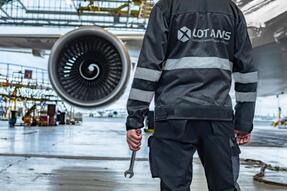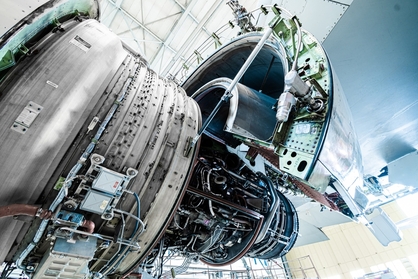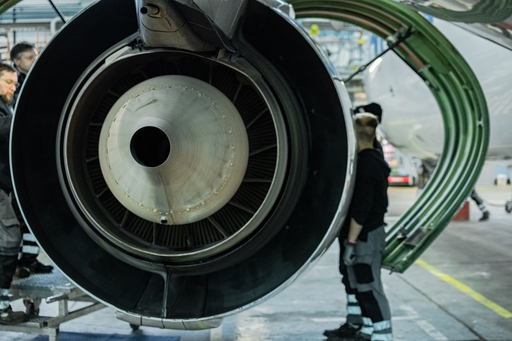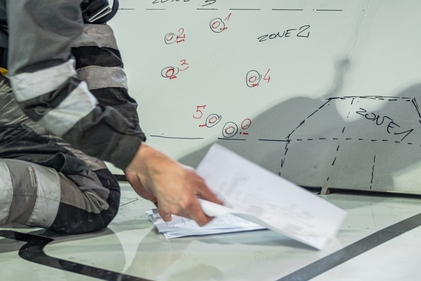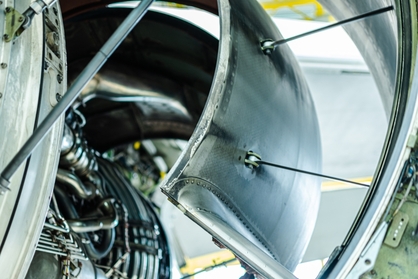MODULE 4 – ELECTRONICAL FUNDAMENTALS – exam only
379.40 zł
You don’t see available dates? Contact us.
MODULE 4 – ELECTRONICAL FUNDAMENTALS – exam only
Delivery methods: classroom only
Group Size: limited up to 15 [PL]
Language: polish
Taking the Exam
Exams will be held starting at 11:00 AM in the Zephirius building (4th floor) at GTC or on the LOTAMS premises.
In the examination room, aside from your identification, a pen, and tests on the desks, nothing else can be placed.
After completing the exam, the filled-out test must be submitted to the examiner.
End of Examination
Upon completion of the exam, candidates are obligated to vacate their stations in the examination room and the training infrastructure as quickly as possible.
Information regarding the exam results will be provided either by phone or email after verifying identification details
Duration of exam:
Category B1.1: 20 multi-choice and 0 essay questions. Time allowed 25 minutes.
Category B2: 40 multi-choice and 0 essay questions. Time allowed 50 minutes.
Content:
4.1 Semiconductors
4.1.1 Diodes
(a)
- Diode symbols;
- Diode characteristics and properties;
- Diodes in series and parallel;
- Main characteristics and use of silicon controlled rectifiers (thyristors), light emitting diode, photo conductive diode, varistor, rectifier diodes;
- Functional testing of diodes.
(b)
- Materials, electron configuration, electrical properties;
- P and N type materials: effects of impurities on conduction, majority and minority characters;
- PN junction in a semiconductor, development of a potential across a PN junction in unbiased, forward biased and reverse biased conditions;
- Diode parameters: peak inverse voltage, maximum forward current, temperature, frequency, leakage current, power dissipation;
- Operation and function of diodes in the following circuits: clippers, clampers, full and half wave rectifiers, bridge rectifiers, voltage doublers and triplers;
- Detailed operation and characteristics of the following devices: silicon controlled rectifier (thyristor), light emitting diode, Schottky diode, photo conductive diode, varactor diode, varistor, rectifier diodes, Zener diode.
4.1.2 Transistors
(a)
- Transistor symbols;
- Component description and orientation;
- Transistor characteristics and properties.
(b)
- Construction and operation of PNP and NPN transistors;
- Base, collector and emitter configurations;
- Testing of transistors;
- Basic appreciation of other transistor types and their uses;
- Application of transistors: classes of amplifier (A, B, C);
- Simple circuits including: bias, decoupling, feedback and stabilisation;
- Multistage circuit principles: cascades, push-pull, oscillators, multivibrators, flip-flop circuits.
4.1.3 Integrated Circuits
(a)
- Description and operation of logic circuits and linear circuits/operational amplifiers;
(b)
- Description and operation of logic circuits and linear circuits;
- Introduction to operation and function of an operational amplifier used as: integrator, differentiator, voltage follower, comparator;
- Operation and amplifier stages connecting methods: resistive capacitive, inductive (transformer), inductive resistive (IR), direct;
- Advantages and disadvantages of positive and negative feedback.
4.2 Printed Circuit Boards
- Description and use of printed circuit boards.
4.3 Servomechanisms
(a)
- Understanding of the following terms: Open and closed loop systems, feedback, follow up, analogue transducers;
- Principles of operation and use of the following synchro system components/features: resolvers, differential, control and torque, transformers, inductance and capacitance transmitters;
(b)
- Understanding of the following terms: Open and closed loop, follow up, servomechanism, analogue, transducer, null, damping, feedback, deadband;
- Construction operation and use of the following synchro system components: resolvers, differential, control and torque, E and I transformers, inductance transmitters, capacitance transmitters, synchronous transmitters;
- Servomechanism defects, reversal of synchro leads, hunting.
Who should attend: Technical personnel in aircraft maintenance or engineering.
Standard: EASA Part 66 (APPENDIX TO ANNEX III) / EASA Part 147
Prerequisites:
A background in commercial aviation together with a general awareness of the regulatory
is an advantage.
Exam completion Standard:
Exam pass mark: minimum 75%.
Exam type: multiple-choice questions.
Certification:
Certificate of recognition.
Additional information
| Date picker | 2026.01.27 B1, 2026.01.29 B2, 2026.02.19 B1, 2026.02.26 B2, 2026.03.12 B2, 2026.03.19 B1 |
|---|
